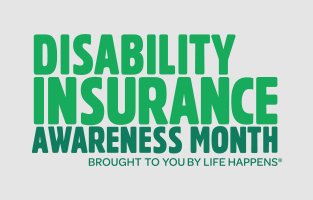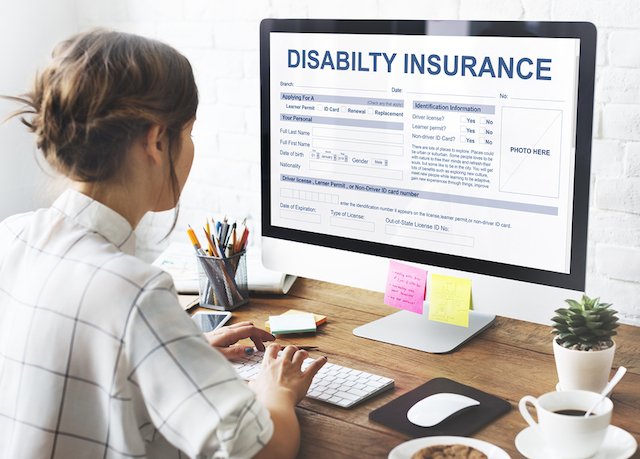May is Disability Insurance Awareness Month, and it’s no secret that Americans could use some education about this coverage and how not having any can have severe consequences in the event of a significant non-work injury or illness.
Employees who choose not to enroll in nonmedical benefits, like disability insurance, often say they don’t need the coverage. In fact, more than one in four 20-year-olds will experience a disability for 90 days or more before they reach 67, according to the Social Security Administration.
Almost 6 in 10 workers who opt out of disability insurance claim they don’t need the coverage or that it isn’t worth the cost, according to LIMRA data, but 75% of employees say they would have trouble paying for basic living expenses after several months if they became disabled and were unable to work.
Of those employees who opted out of short-term disability coverage because they “don’t need it,” 25% also say they would have immediate trouble paying their living expenses should they become disabled, while 65% would have trouble within several months. Similarly, for those who say they “don’t need” long-term disability, 27% would struggle immediately and 69% would have difficulty after several months.
Employees have a lot of financial priorities vying for their attention. LIMRA research finds employees prioritize benefits lower than other investments in spite of the financial security insurance products can provide. When asked, less than half of employees agree that disability insurance is “right for someone like me,” and only 34% of workers agree with the statement “most people like me own disability insurance.” The lack of agreement with these statements shows that employees consider it “normal” to not have coverage and there is little social pressure to own these products.
Even outside of a work environment, the perceived need for disability insurance doesn’t align to actual ownership. The 2018 Barometer Study found that 64% of consumers believe that most people need disability insurance, but only 20% actually owned it themselves. The data also shows that consumers are just as anxious about disability insurance as they are about medical insurance yet disability insurance ownership remains well below that of medical insurance ownership.
 Carriers and advisors can work with employers to educate workers about the risk of becoming disabled and the costs associated with loss of income. To help employees who think they cannot afford purchasing disability insurance, provide classes on budgeting and creating savings goals. This could help employees feel more confident in their financial outlook and may give them the confidence to purchase the disability insurance they need.
Carriers and advisors can work with employers to educate workers about the risk of becoming disabled and the costs associated with loss of income. To help employees who think they cannot afford purchasing disability insurance, provide classes on budgeting and creating savings goals. This could help employees feel more confident in their financial outlook and may give them the confidence to purchase the disability insurance they need.
Each May, The Council for Disability Awareness joins forces with others in the insurance industry to raise awareness about the importance of income protection. This year, the CDA launched a new consumer microsite, RealityCheckup.org and a social media campaign to help educate working Americans about the need for income protection. You can access more information and downloadable assets related to the campaign at this link:













